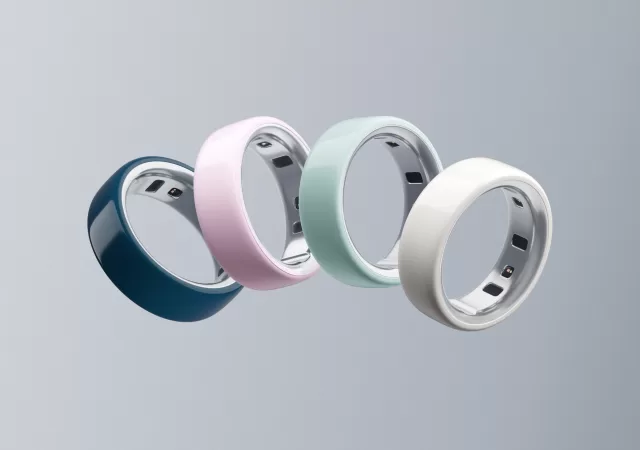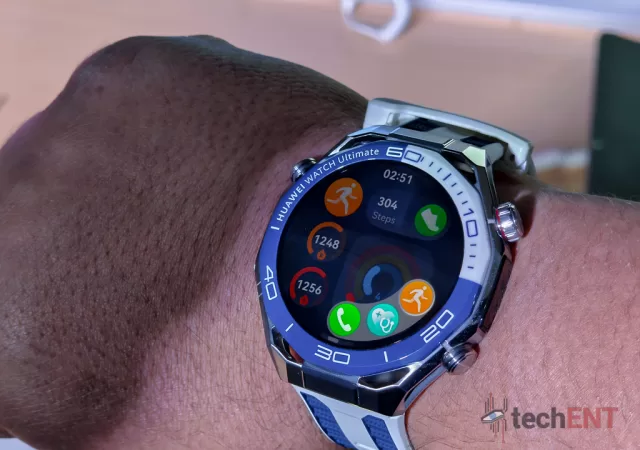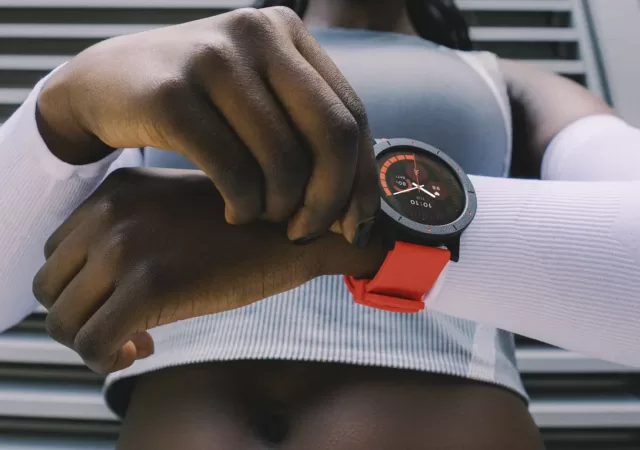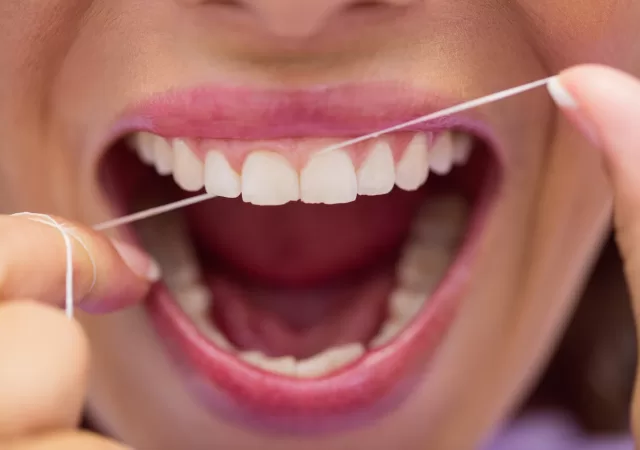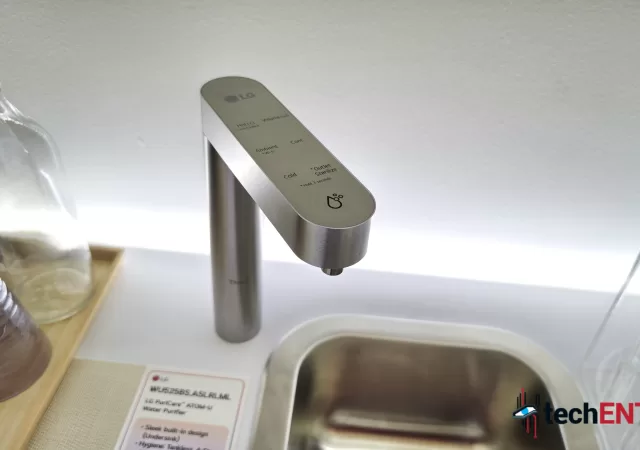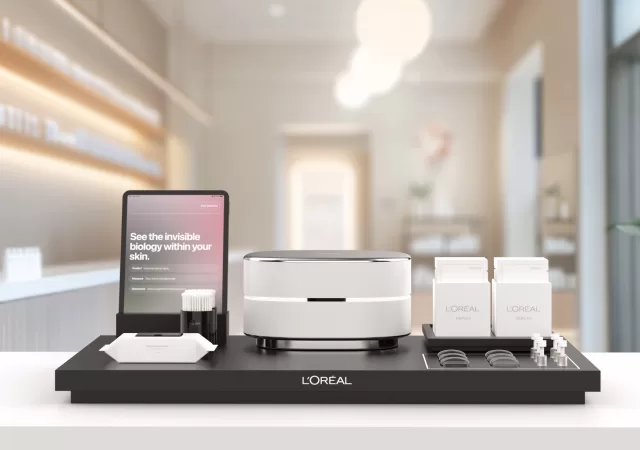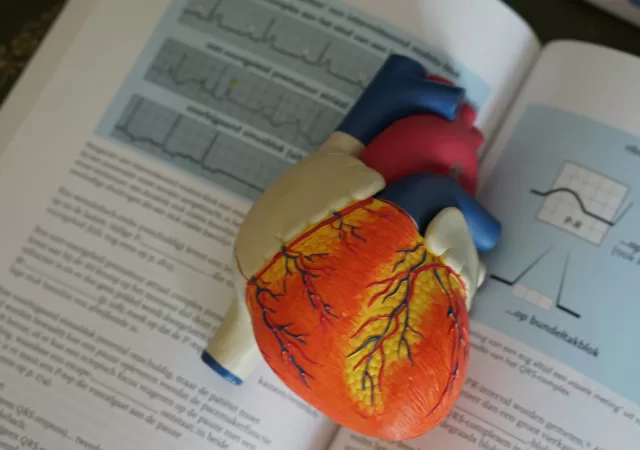The OURA Ring 4 throws convention to the wind with a brand new Zirconia Ceramic exterior that is not only more durable but brings a touch of colour to the smartring.
HUAWEI WATCH Ultimate 2 Launches in Malaysia with 150-Metre Diving and Sonar Communication
HUAWEI’s Watch Ultimate 2 brings updated features, signature design, durability, improved activity and health tracking, and a 150m dive depth.
CMF by Nothing Launches the CMF Watch 3 Pro
CMF by Nothing unleashes their new CMF Watch 3 Pro that brings together intelligence and tracking for more wholesome health overview.
Flossing Just Might Be The Future of Vaccines
Scientists at the University of Pennsylvania have developed a new way to deliver vaccines that doesn’t involve needles.
LG Launches PuriCare ATOM-U Water Purifier with Seamless, Minimalist,
LG announces a brand new under sink addition to its PuriCare Water Filter line up, the LG PuriCare ATOM-U Water Purifier.
SEA’s Health Tech Leap: Secure Data Powers Remote, Personalized Care
SEA’s is set to be the stage of large scale digitization in all sectors including the medical sector. DKSH weighs in on how it can impact the landscape and what hurdles there are to it.
[CES 2025] Skincare Get Even More Personalised with the L’Oréal’s Cell BioPrint
L’Oréal makes skincare more personalized with the Cell BioPrint which uses biosensors to determine the best products for your skin.
KAO Launches A New Way to Keep Mosquitoes at Bay
Sometimes the simplest technologies create the biggest difference. KAO’s Bioré GUARD Mos Block Serum uses a commonly used emulsifier to address an increasing health concern.
Scientists Just Used AI to Discover New Genes Linked to Heart Disease
Scientists at the Icahn School of Medicine at Mount Sinai have discovered 17 rare gene variants linked to heart disease using AI.
You’ll Be Able to Regenerate Your Teeth Soon Thanks to a New Groundbreaking Drug
A new groundbreaking drug is entering human trials and it’s going to allow you to regenerate your teeth.



